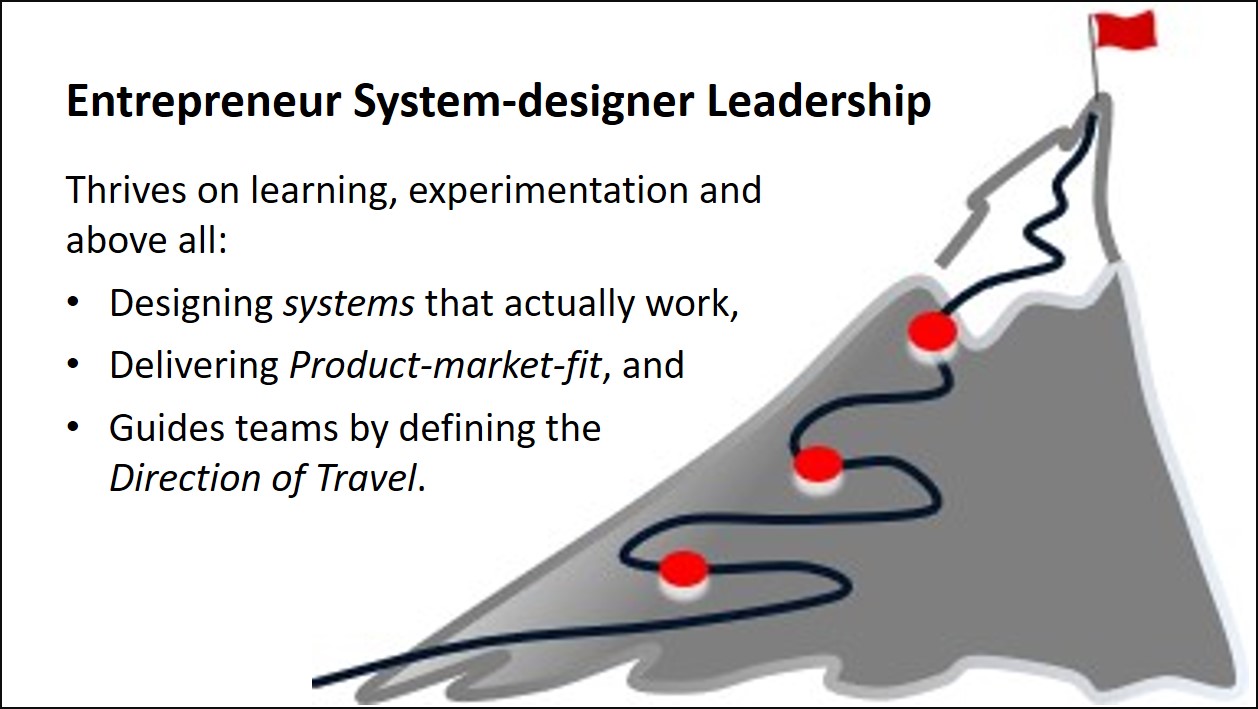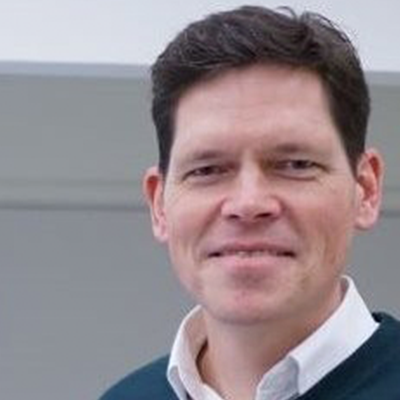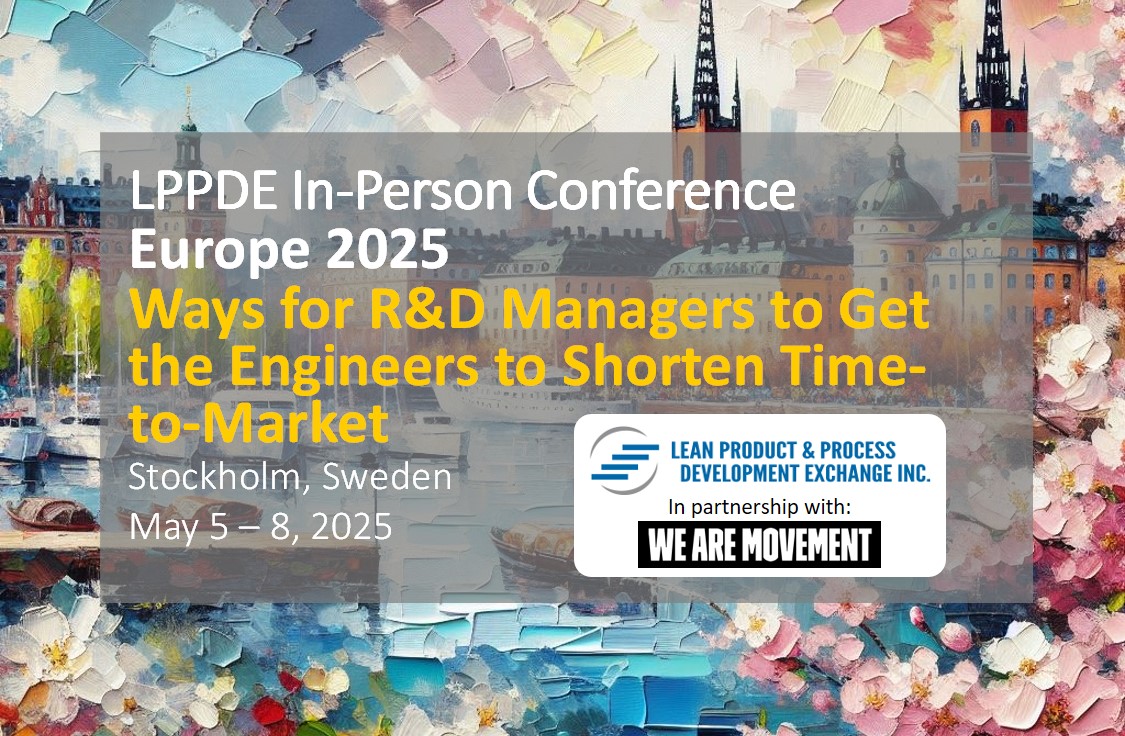Let’s face it—traditional leadership models in product development are about as useful as a GPS with no signal. If you’ve ever been caught in the endless loop of command-and-control project management, you know the drill: countless status meetings, action registers that no one reads, and a suffocating obsession with micromanagement. Enter the Entrepreneur System-Designer (ESD)—a rare breed of leader who thrives on learning, experimentation, and, above all, designing systems that actually work.
What is an Entrepreneur System-Designer?
The ESD is essentially the modern-day Chief Engineer, the architect of both product and process. This leader isn’t just a decision-maker but a technical expert, a customer advocate, and a relentless experimenter. Their primary goal? To guide teams by defining the direction of travel—a clear but flexible path that allows for rapid adjustments as teams learn through iteration.
Allen C. Ward, Michael Kennedy, James M. Morgan and Jeffrey K. Liker have all emphasized this role as crucial to Lean Product and Process Development (LPPD). The ESD doesn’t sit in an ivory tower dictating Gantt charts. Instead, they tinker, test, and pull teams towards customer value creation rather than pushing tasks blindly down the pipeline.
Be the leader who embraces rapid learning cycles, builds knowledge from the bottom up, and pulls teams toward customer value creation.
Why Most Companies Struggle to Implement ESD Leadership
Despite its obvious advantages, ESD leadership remains a unicorn in most organizations. Why? Because breaking free from the gravitational pull of conventional “command and control” is hard. Many teams are conditioned to wait for orders rather than experiment and learn. Traditional project management, ironically, is often too weak to support innovation, relying on arbitrary deadlines rather than actual learning cycles.
Take, for example, a recent global development project I observed. The work was split between a large local domestic team (2/3) that used visual management and a remote team abroad on another continent (1/3) that stuck to their trusty action register. The result? The local domestic team iterated quickly, identified risks early, and made informed trade-offs. Meanwhile, the team abroad was stuck updating spreadsheets instead of solving problems. Without real-time experimentation and shared learning, progress was sluggish at best.
The Magic of Tinkering: Why Small Failures Lead to Big Wins
Nassim Nicholas Taleb argues that tinkering is more important than knowledge. And he’s right. The greatest technological leaps didn’t come from committees but from relentless experimenters—people who weren’t afraid to fail fast and learn faster.

An ESD-led team embraces this mindset. Rather than meticulously designing a perfect solution (which never happens), they start small, run trials, and pivot based on real-world feedback. John Boyd’s concept of decentralized decision-making reinforces this: give small teams the freedom to act autonomously, and they’ll find solutions faster than any top-down bureaucracy.
The Key Responsibilities of an ESD
- Define the Direction of Travel – Provide clarity on purpose without over-specifying the path.
- Love Problems, Not Solutions – Keep testing until product-market fit is achieved.
- Embrace Small Failures – Fail early, fail cheap, and learn your edge cases rapidly.
- Pull Teams, Don’t Push Tasks – Give autonomy while ensuring alignment.
- Prioritize in Real-Time – Constantly adapt based on knowledge gaps and market feedback.
Fragile vs. Antifragile Leadership
A bureaucratic, centralized leadership model is fragile—it crumbles under uncertainty. ESD leadership, on the other hand, is antifragile. It thrives on uncertainty, using small failures to build robust, resilient systems. It’s the difference between fearing mistakes (because they’re large and irreversible) and loving mistakes (because they’re small, cheap, and informative).
Conclusion: Be the “Chief Tinkerer”
If you want to drive innovation, ditch the illusion of control. Be the leader who embraces rapid learning cycles, builds knowledge from the bottom up, and pulls teams toward customer value creation. Or, as Uri Levine puts it: Fall in love with the problem, not the solution. The best leaders aren’t micromanagers—they’re system designers, relentless experimenters, and, above all, entrepreneurs at heart.
Questions;
How do your organization lead product development?
Entrepreneurial System Design can also be applied as a role, not as a position. Where a small team of leaders in interaction ensure everybody is moving in the right direction. What is your view on such set-up? Would it ease the way forward?
Join the conversation at our LinkedIn group!

Christer Lundh
Funder & President of AUFERO
With 25 years of senior leadership experience and two decades mastering Lean product development, Christer Lundh is a force of innovation and efficiency. As an entrepreneur, he built a thriving Lean startup from the ground up, proving that direction, problem-solving, and flow are not just theories—they’re the foundation of success. A champion of change and a strategist at heart, Christer transforms complexity into clarity, guiding teams and organizations to peak performance. Today, he brings invaluable insights on leadership, entrepreneurship, and the power of Lean thinking to help you navigate change and drive results.




